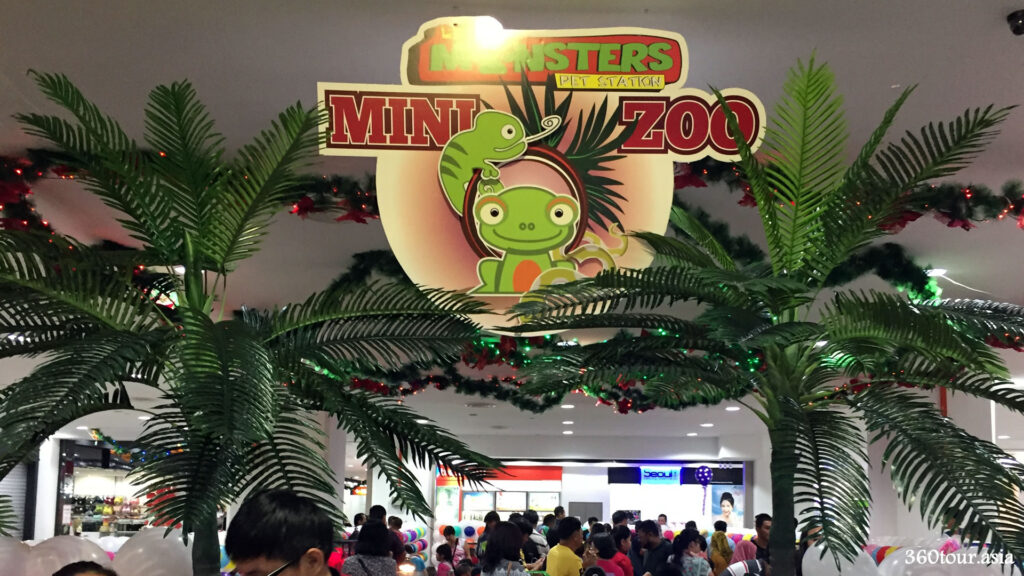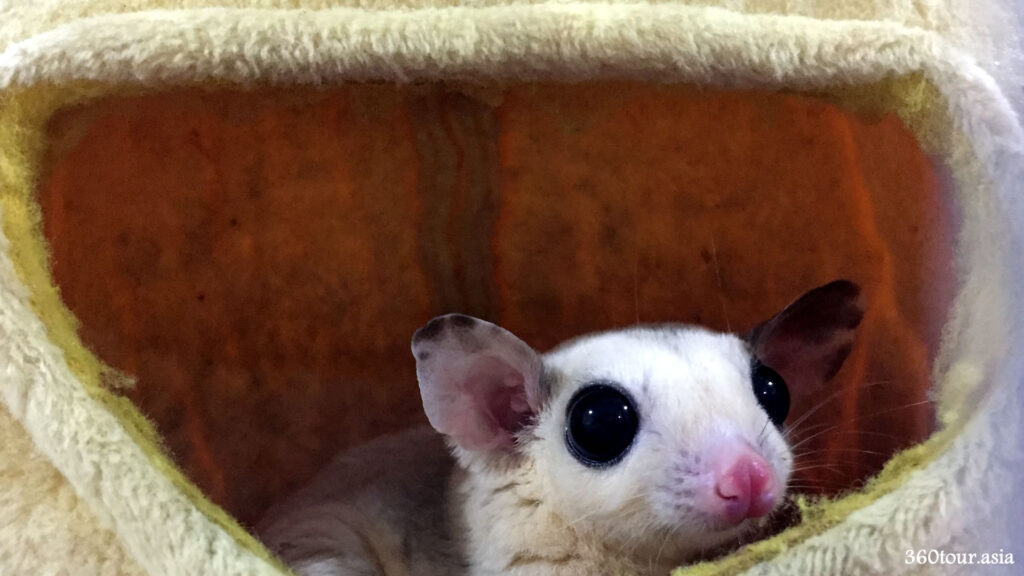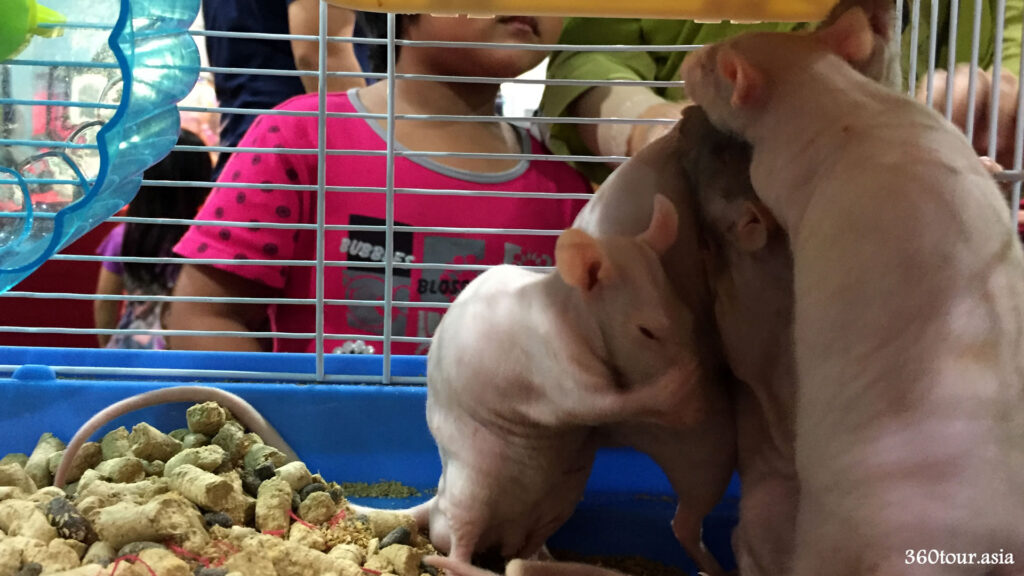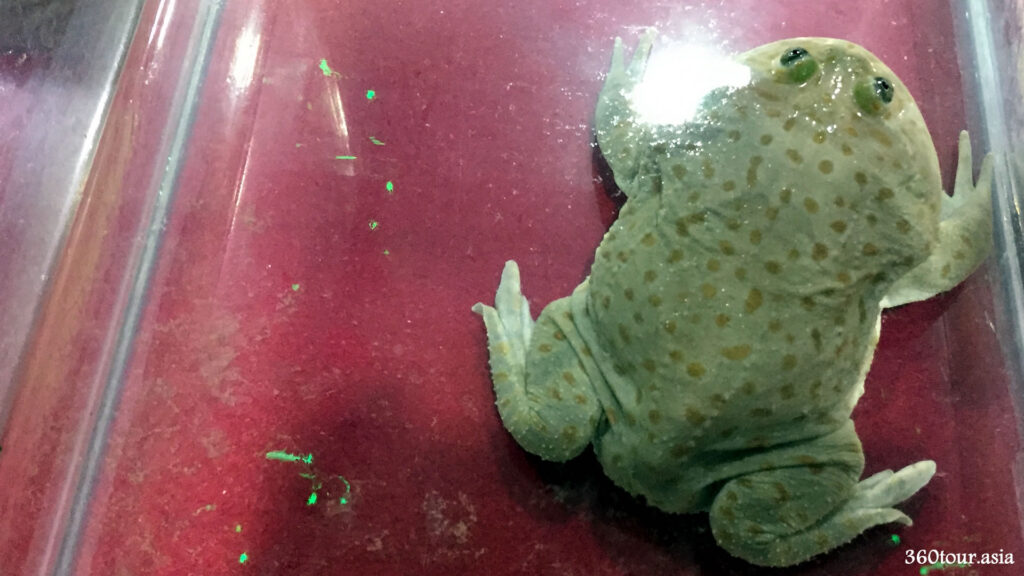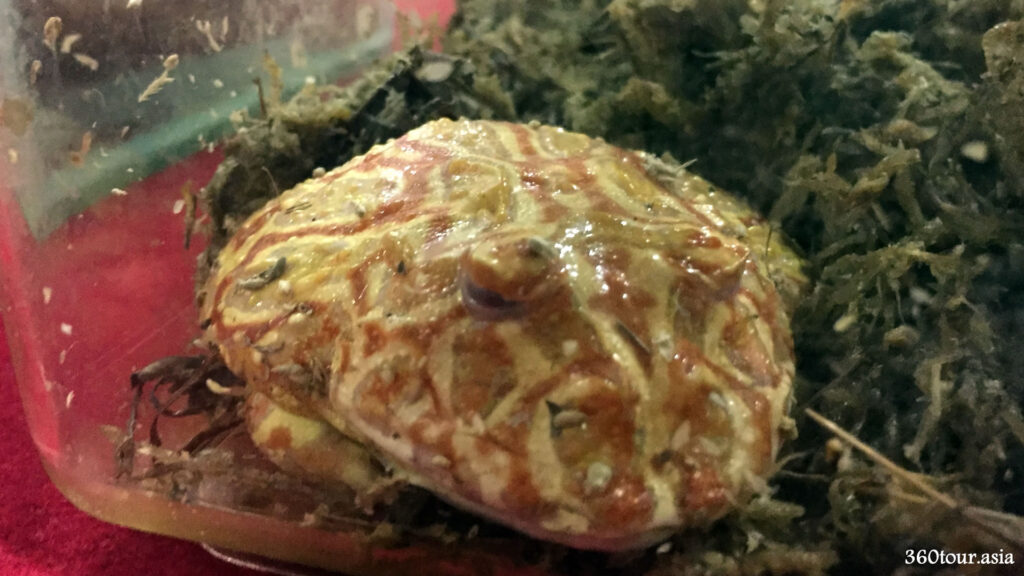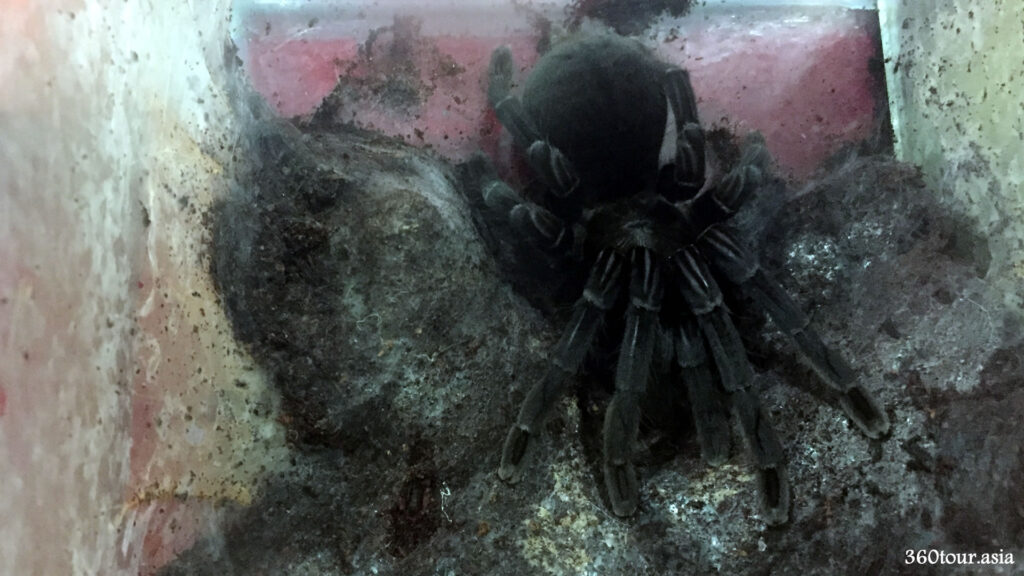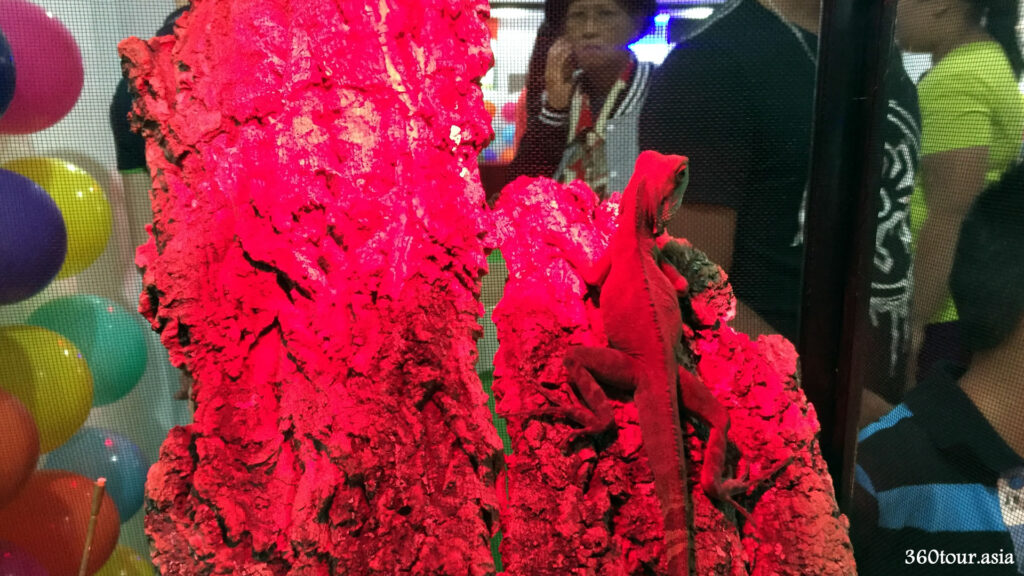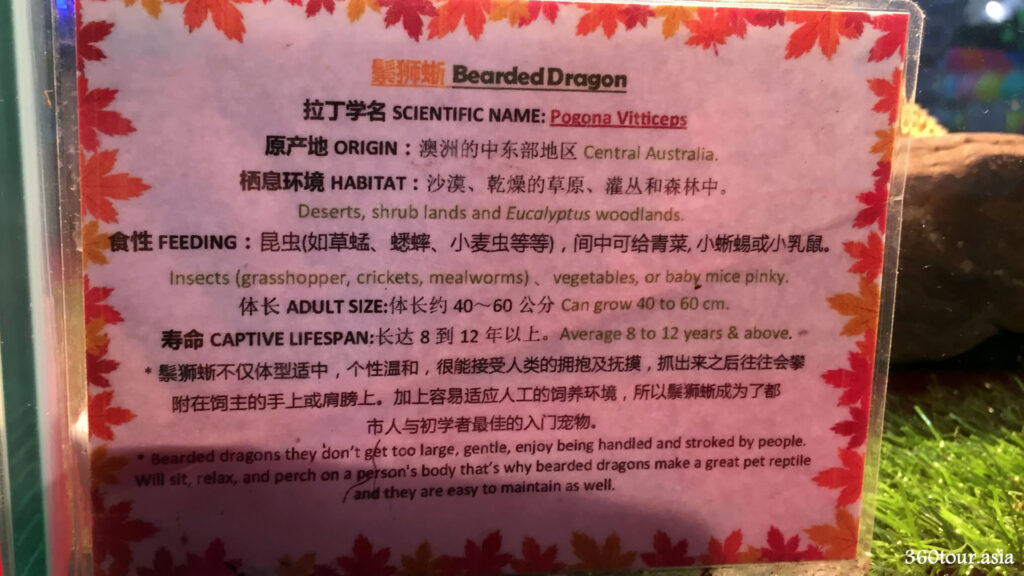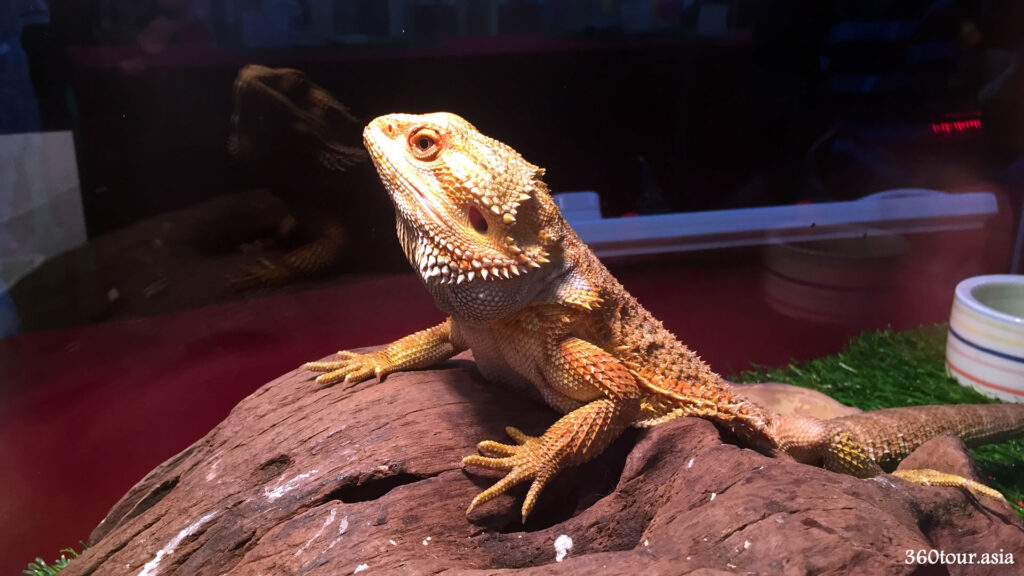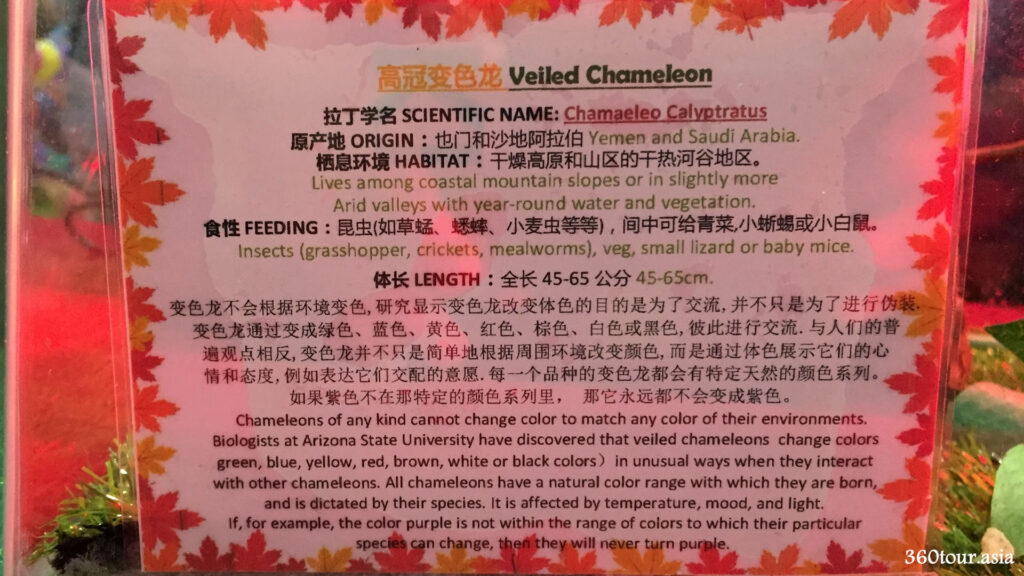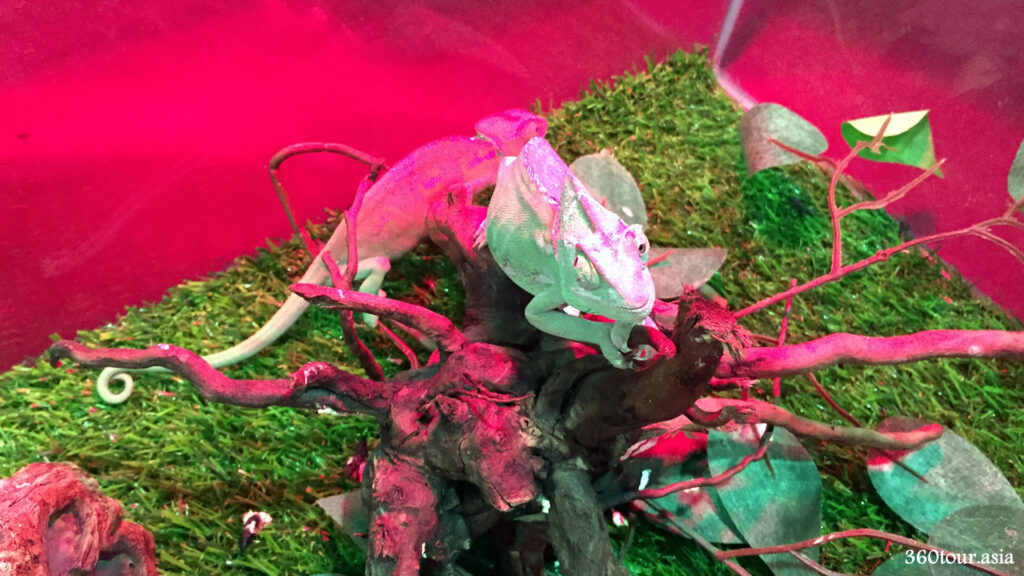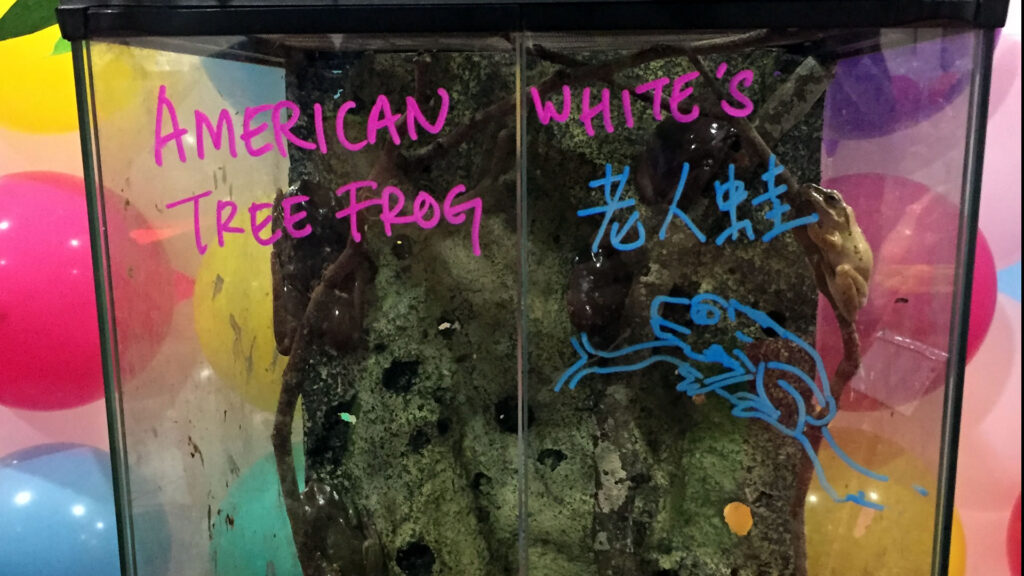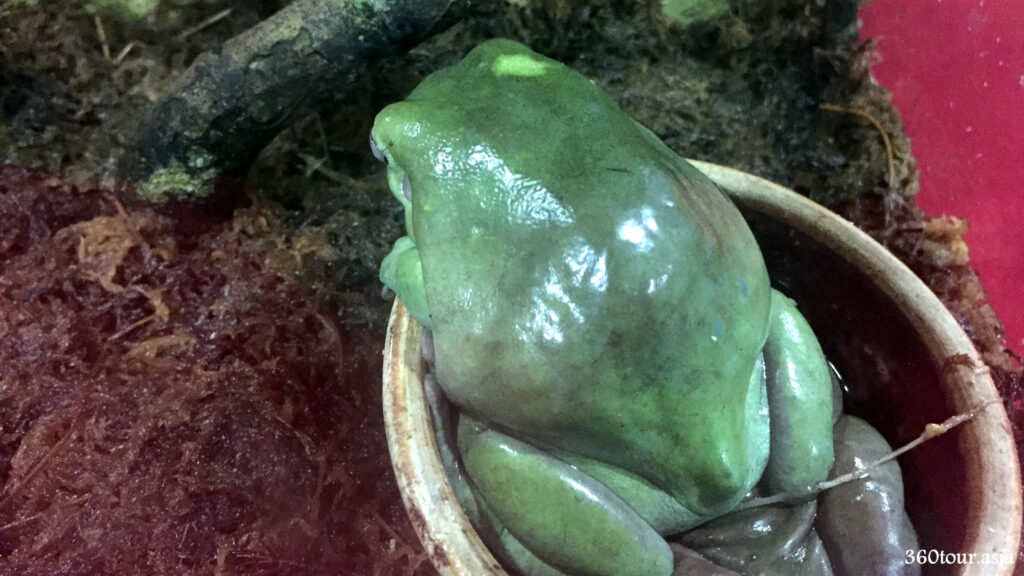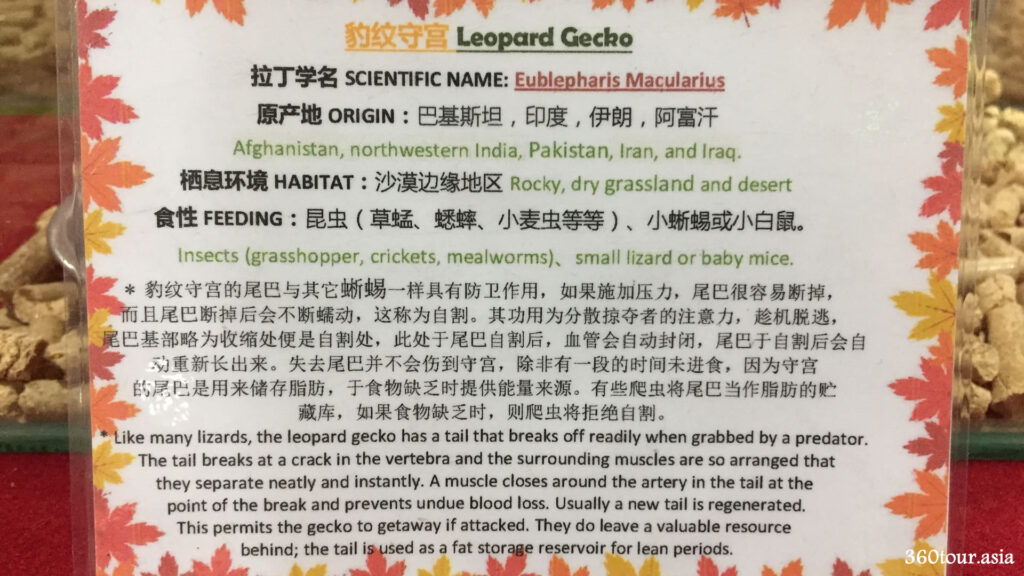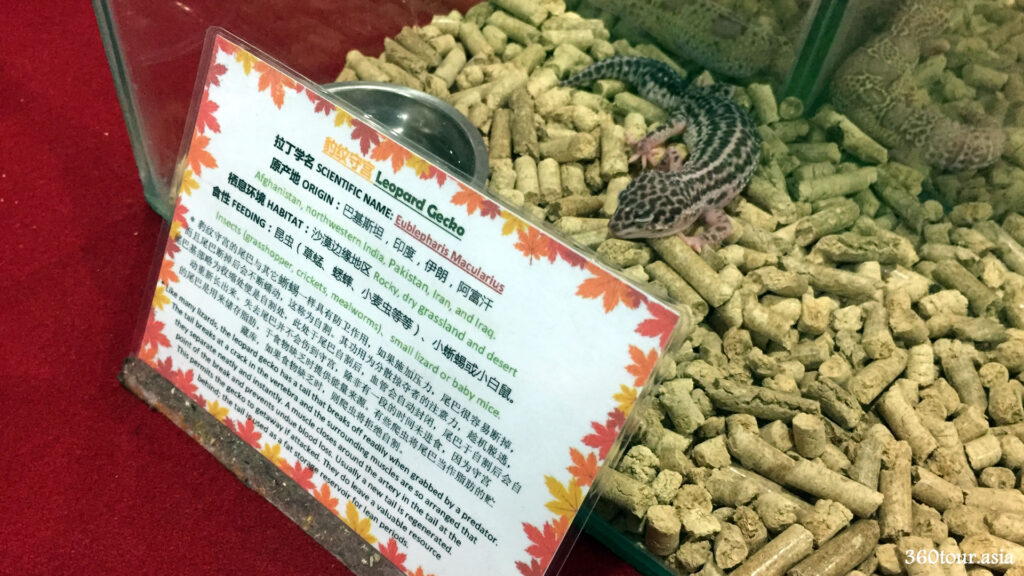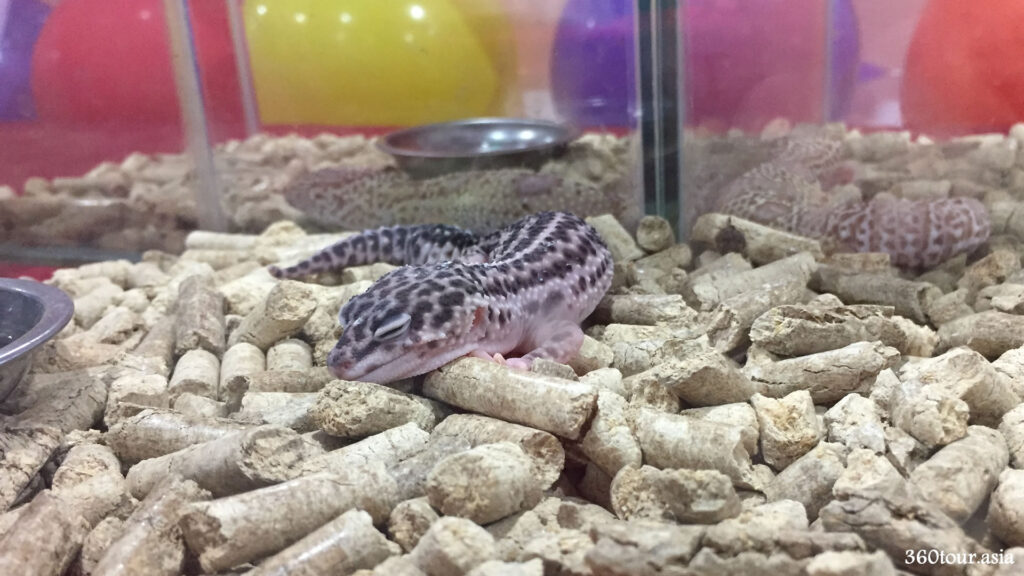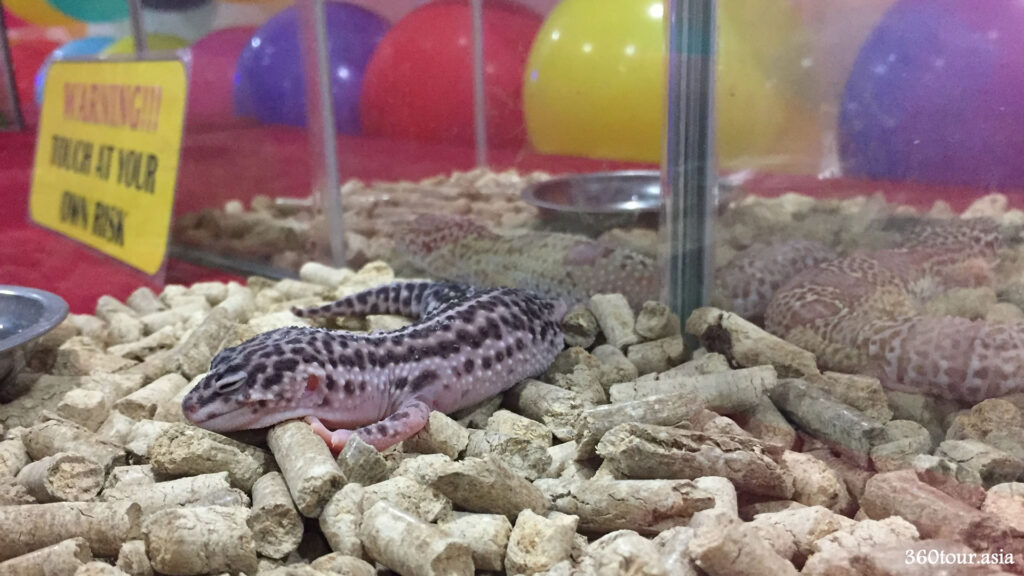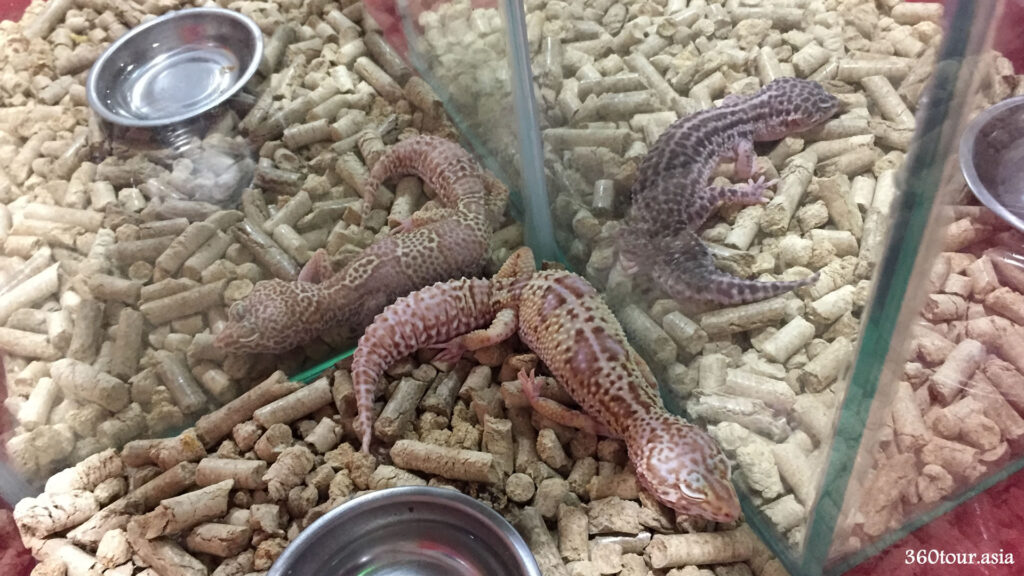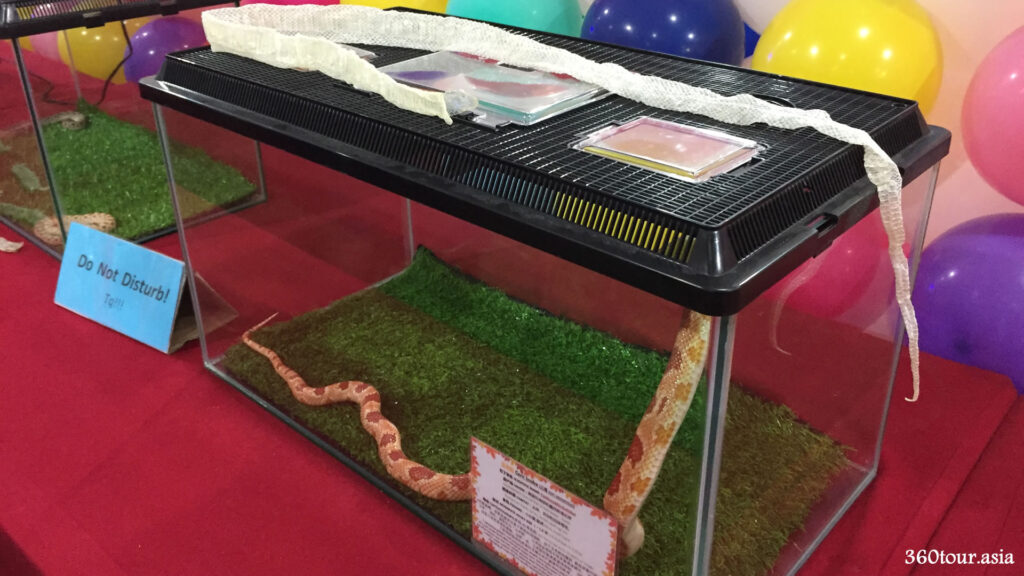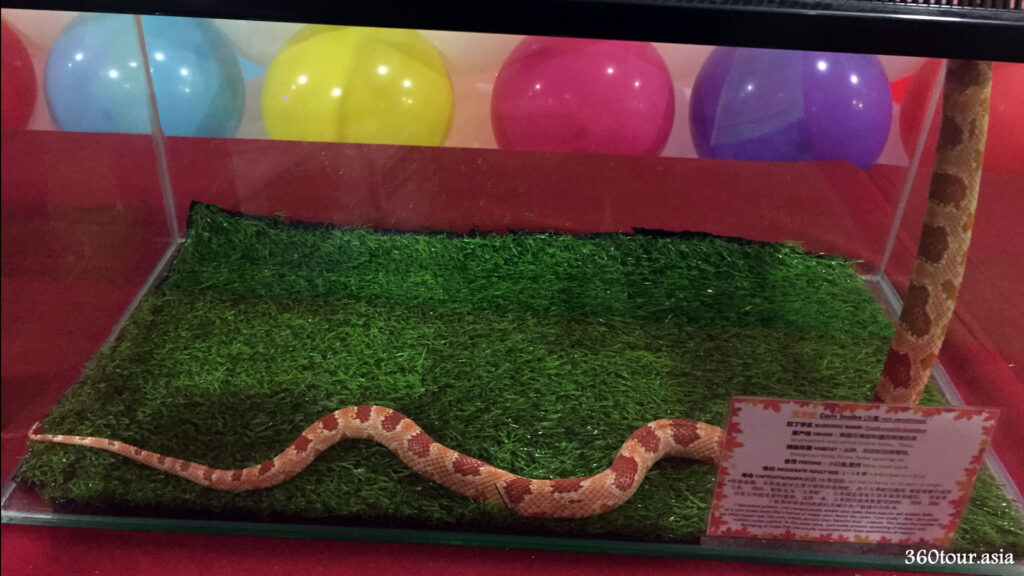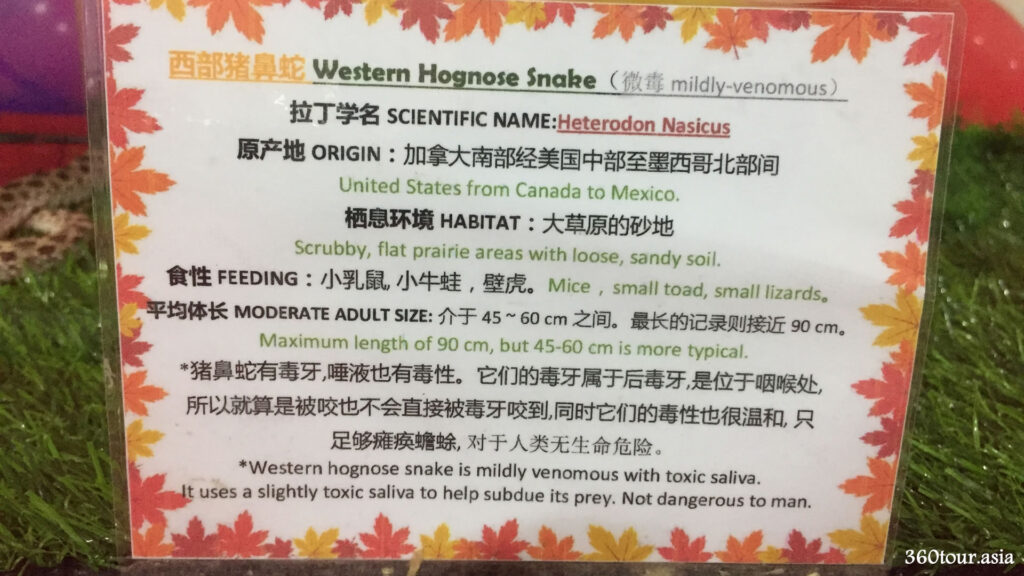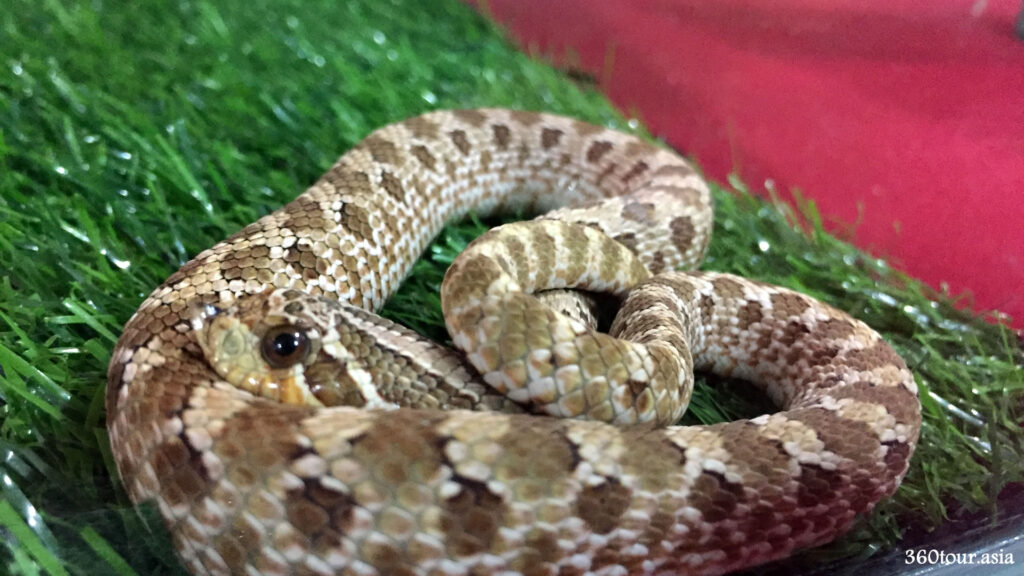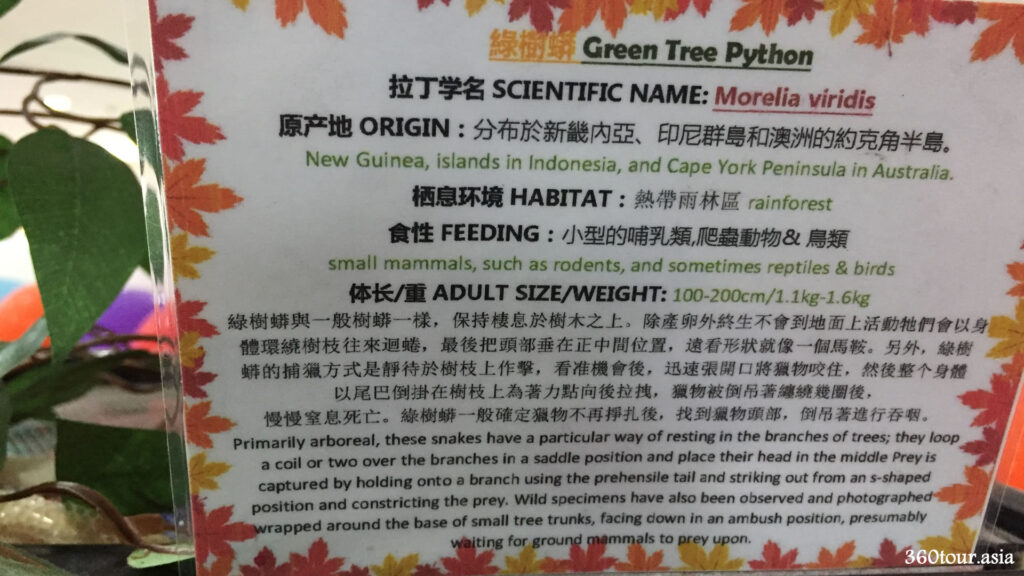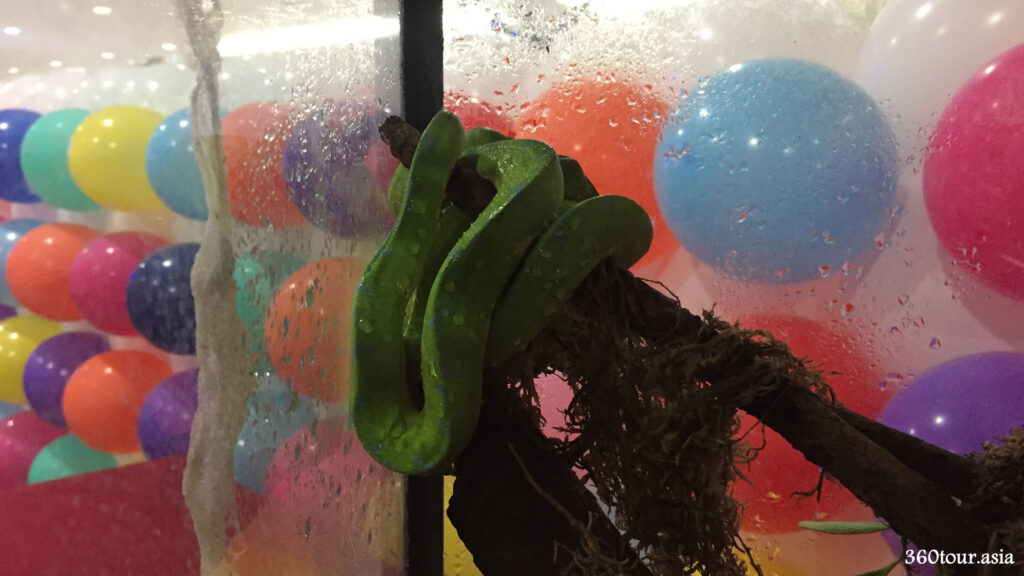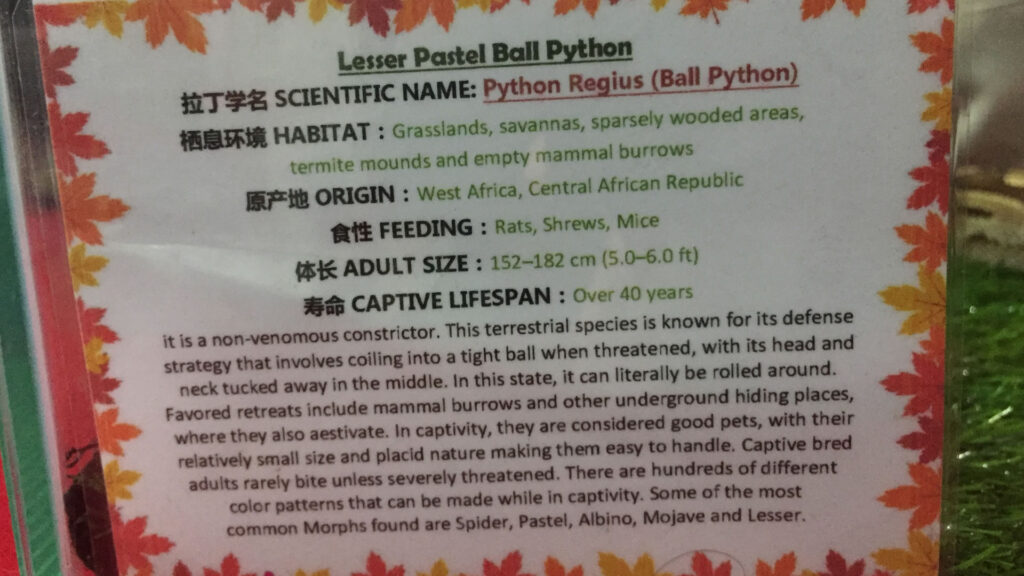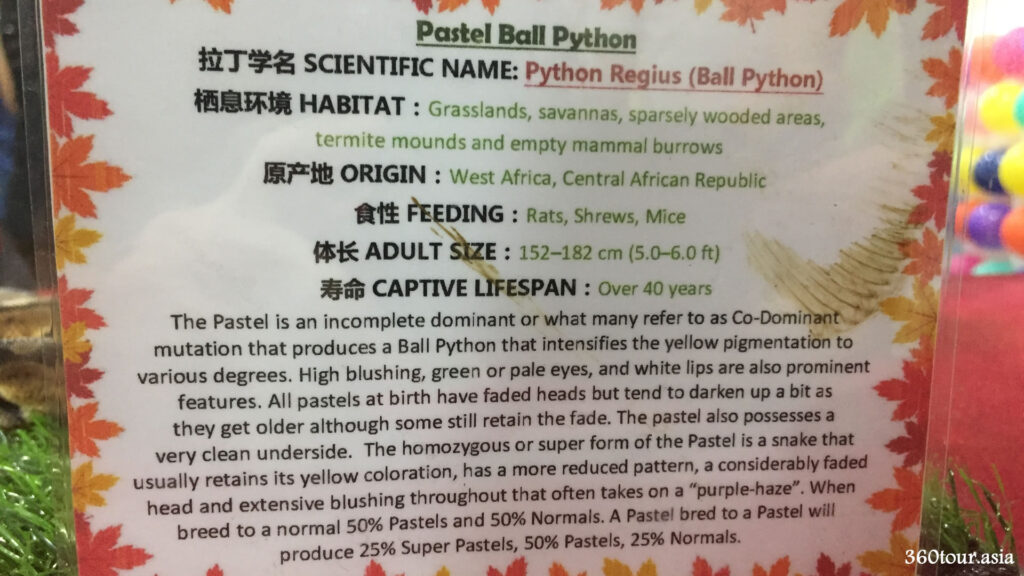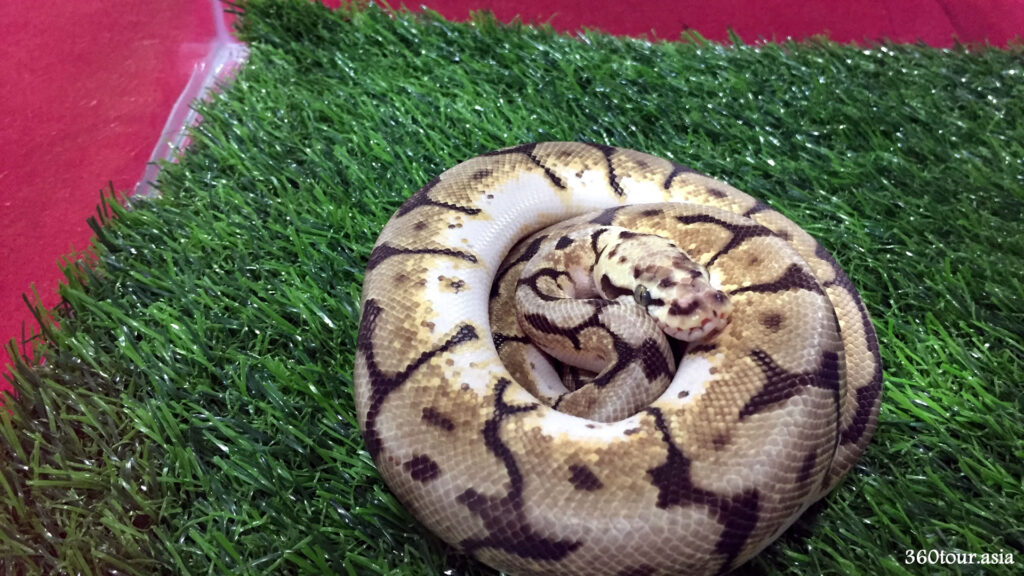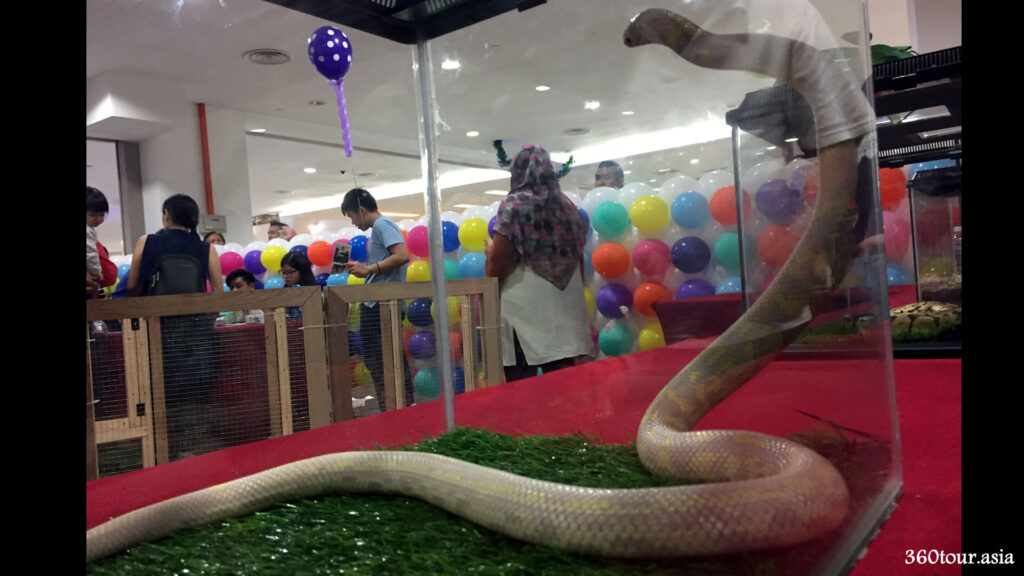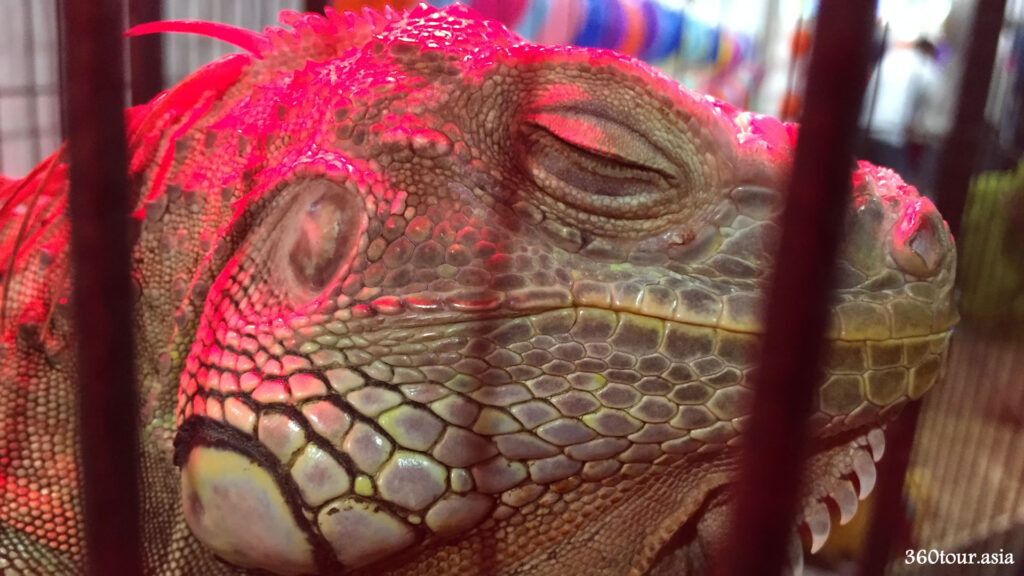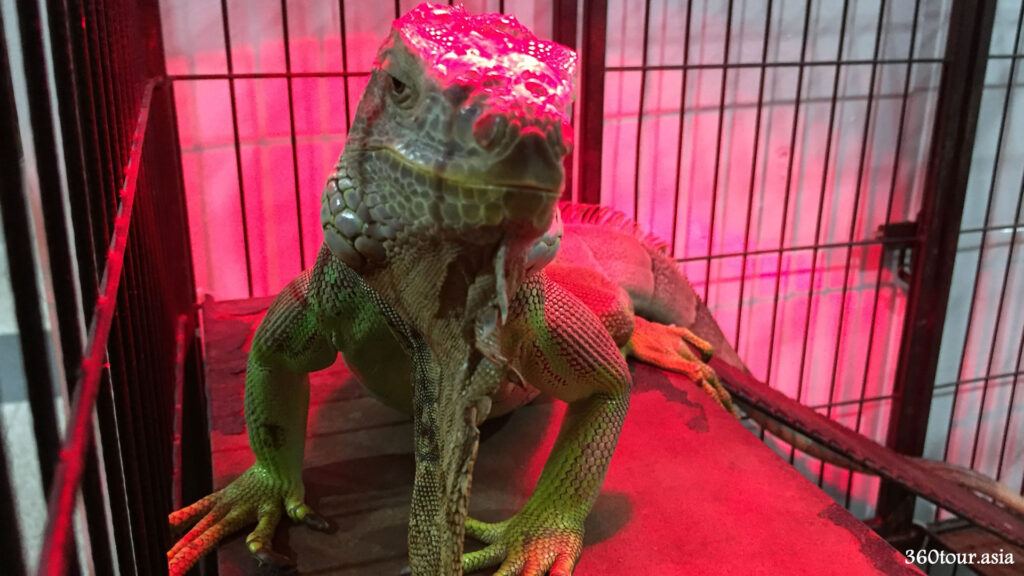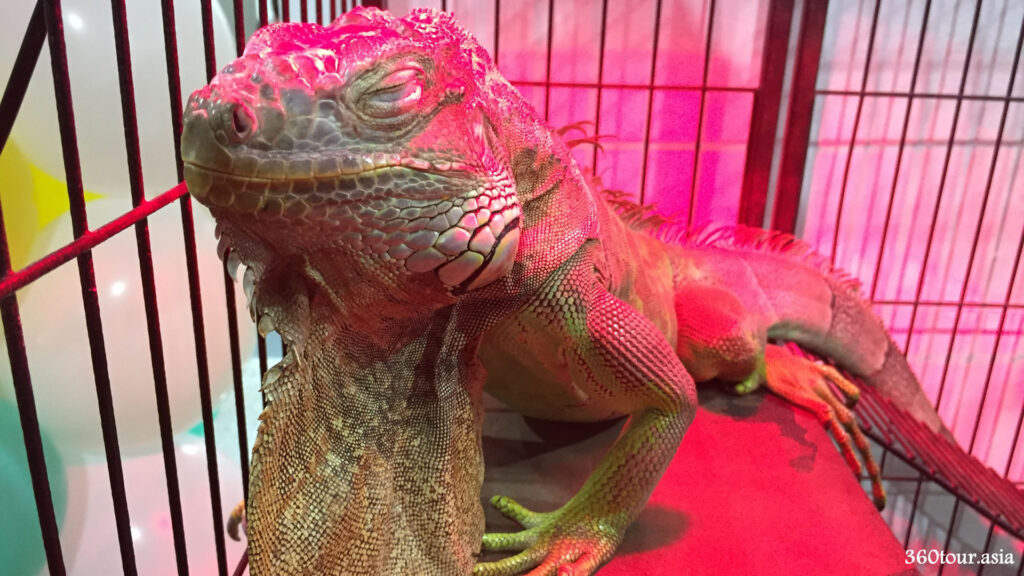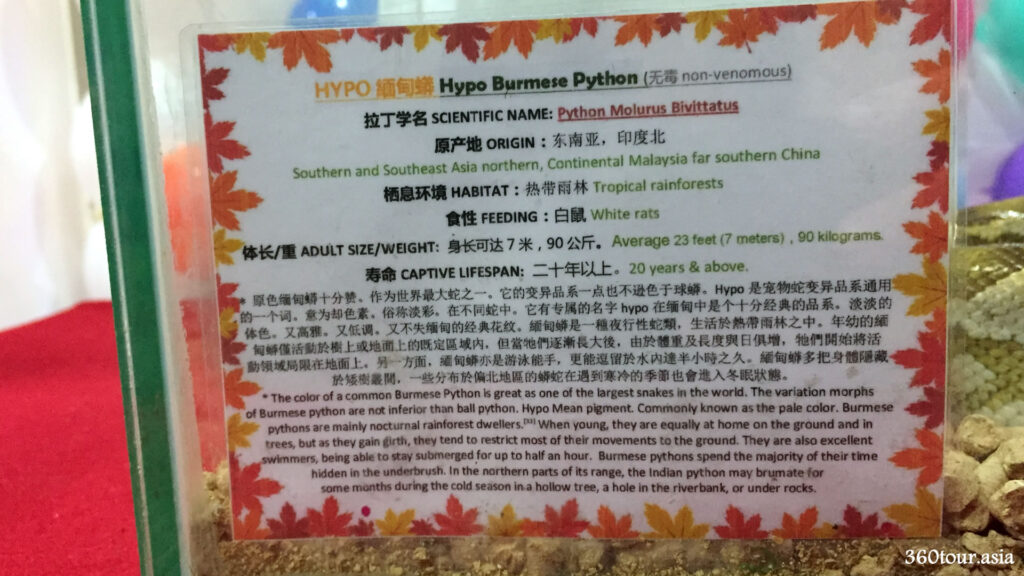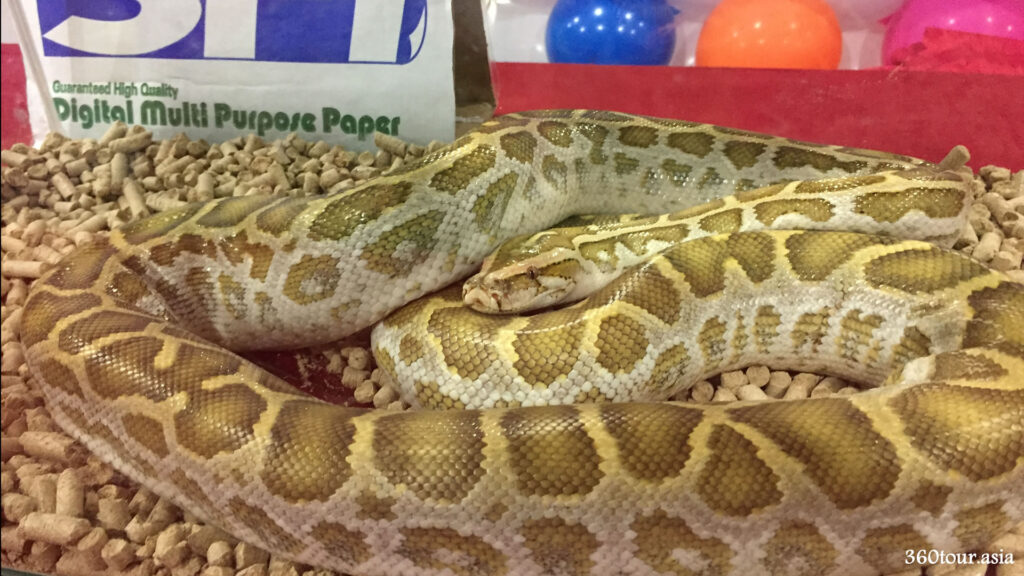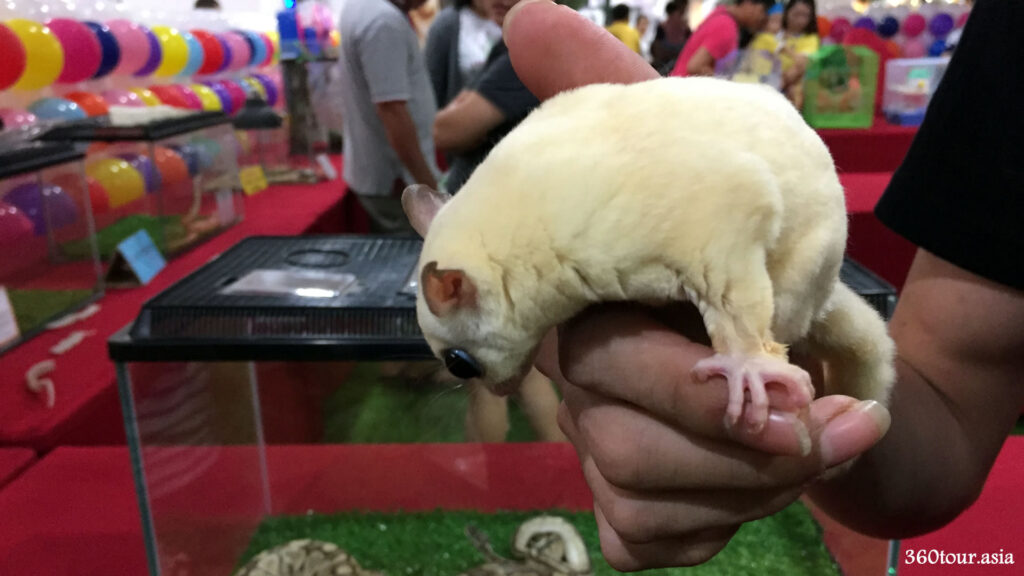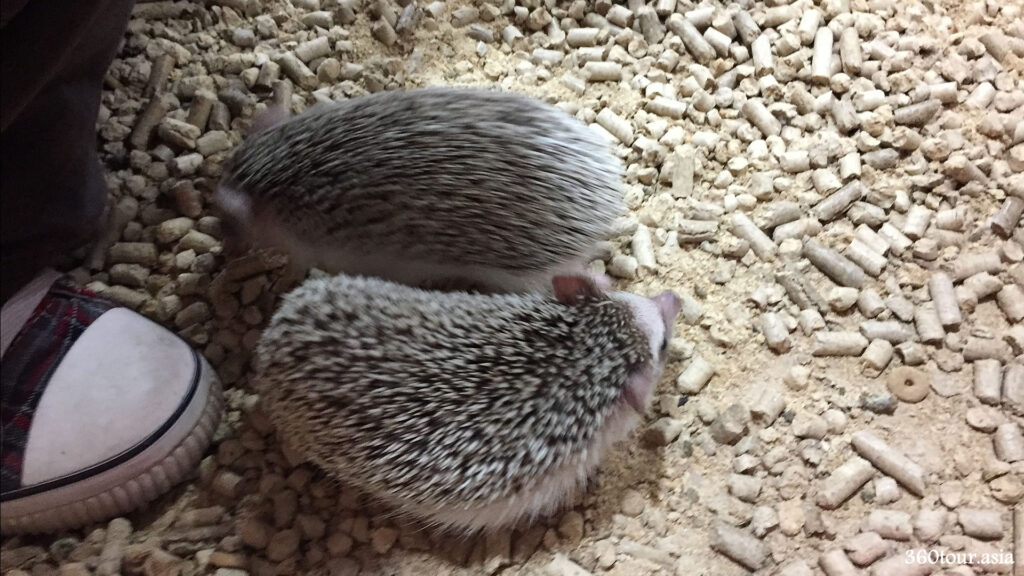Event: The Little Monsters Pet Station Mini Zoo exhibition
Date: 10th December 2016 – 26th December 2016
Location: Boulevard Shopping Mall Kuching
Organized by: Little Monsters Pet Station
Pet Station Address: 79, Jalan Ban Hock, Kuching, 93200 Kuching, Sarawak, Malaysia
Pet Station Contact: +60 16-809 8600
Facebook: LittleMonstersKuching
Mini Zoo in a Mall ! yes it is as it sound. Showcase various exotic pets other then your routine Cats and Dogs. They have snakes, reptiles, spiders and even frogs.
The Mini Zoo exhibition is brought to you by Boulevard shopping mall and Little Monsters Pet Station in conjunction with the A Boulevard Christmas in Balloon Fairyland 2016.
Visitors will need to pay once for admission fee (RM5.00) for both the Balloon Fairyland and the Mini Zoo.
In the Mini Zoo, all of the showcased animals are exotic pets and carefully breed. Unlike the animals and reptiles of the wild. You need special license to pet some of the exotic pets, but for further information, feel free to visit their Pet Station. This exhibition is mainly educational and introducing the population on these wonderful creatures that roam the world once.
Bearded Dragon
Scientific Name: Pogona Vitticeps
Origin: Central Australia
Habitat: Deserts, Shrub lands and Eucalyptus woodlands.
Feeding: Insects (grasshopper, crickets, mealworms), vegetables, or baby mice pinky.
Adult Size: Can grow 40 to 60cm.
Captive lifespan: Average 8 to 12 years & above.
Bearded dragons they don’t get too large, gentle, enjoy being handled and stroked by people.
Will sit relax, and perch on a person’s body that’s why bearded dragons make a great pet reptile and they are easy to maintain as well.
Veiled Chameleon
Scientific Name: Chamaeleo Calyptratus
Origin: Yemen and Saudi Arabia
Habitat: Lives among coastal mountain slopes or in slightly more Arid valleys with year-round water and vegetation.
Feeding: Insects (grasshopper, crickets, mealworms), veg, small lizard or baby mice.
Length: 45-65 cm.
Chameleons of any kind cannot change color to match any color of their environments.
Biologists at Arizona State University have discovered that veiled chameleons change colors green, blue, yellow, red, brown, white or black colors) in unusual ways when they interact with other chameleons. All chameleons have a natural color range with which they are born, and is dictated by their species. It is affected by temperature, mood, and light.
If, for example, the color purple is not within the range of colors to which their particular species can change, then they will never turn purple.
Leopard Gecko
Scientific Name: Eublepharis Macularius
Origin: Afghanistan, northwestern India, Pakistan, Iran, and Iraq.
Habitat: Rocky, dry grassland and desert.
Feeding: Insects (grasshopper, crickets, mealworms), small lizard or baby mice.
Like many lizards, the leopard gecko has a tail that breaks off readily when grabbed by a predator.
The tail breaks at a crack in the vertebra and the surrounding muscles are so arranged that they separate neatly and instantly. A muscle closes around the artery in the tail at the point of the break and prevents undue blood loss. Usually a new tail is regenerated.
This permits the gecko to getaway if attacked. They do leave a valuable resource behind; the tail is used as a fat storage reservoir for lean periods.
Corn Snake (non venomous)
Scientific name: Pantherophis Guttatus
Origin: Southeastern and central United States, Texas.
Habitat: Overgrown fields, farms, forest openings etc.
Feeding: Mice, small lizard.
Average Adult Size: 3.9-6.0 feet (1-1.8m)
Captivity Lifespan: can live to be up to 15 years or longer
Attractive pattern, and comparatively simple care make them popular pet snake. Belly of a corn snake looks like a kernal of indian corn, hence the name “corn snake”.
Also corn snake are often found near the corn, which attracts their favorite food – rodents. This keeps the number of rodents under control. At the same time, corn snake prevent spreading of disease and damaging of crops that are usually associated with large populations of rodents.
Western Hognose Snake (mildly-venomous)
Scientific Name: Heterodon Nasicus
Origin: United States from Canada to Mexico
Habitat: Scrubby, flat prairie areas with loose, sandy soil.
Feeding: Mice, small toad, small lizards.
Average Adult Size: Maximum length of 90cm, but 45-60cm is more typical.
Western Hognose Snake is mildly venomous with toxic saliva.
It uses a slightly toxic saliva to help subdue its prey. Not dangerous to man.
Green Tree Python
Scientific Name: Morelia Viridis
Origin: New Guinea, islands in Indonesia, and Cape York Peninsula in Australia.
Habitat: Rainforest
Feeding: small mammals such as rodents, and sometimes reptiles & birds.
Adult size: 100-200cm
Adult weight: 1.1kg – 1.6kg
Primarily arboreal, these snakes have a particular way of resting in the branches of trees; they loop a coil or two over the branches in a saddle position and place their head in the middle. Prey is captured by holding onto a branch using the prehensile tail and striking out from an S-shaped position and constricting the prey.
Wild specimens have also been observed and photographed wrapped around the base of small tree trunks, facing down in an ambush position, presumably waiting for ground mammals to prey upon.
Lesser Pastel Ball Python
Scientific Name: Python Regius (Ball Python)
Habitat: Grasslands, Savannas, Sparsely wooded areas, termite mounds and empty mammal burrows.
Origin: West Africa, Central African Republic.
Feeding: Rats, Shrews, Mice.
Adult size: 152-182 cm (5.0-6.0 ft)
Captive Lifespan: Over 40 years
It is a non-venomous constrictor. This terrestrial species is known for its defense strategy that involves coiling into a tight ball when threatened, with its head and neck tucked away in the middle. In this state, it can literally rolled around.
Favored retreats include mammal burrows and other underground hiding places, where they also aestivate.
In captivity, they are considered good pets, with their relatively small size and placid nature making them easy to handle. Captive bred adults rarely bite unless severely threatened.
There are hundreds of diffrent color patterns that can be made while in captivity. Some of the most common Morphs found are Spider, Pastel, Albino, Mojave and Lesser.
Pastel Ball Python
Scientific Name: Python Regius (Ball Python)
Habitat: Grasslands, Savannas, Sparsely wooded areas, termite mounds and empty mammal burrows.
Origin: West Africa, Central African Republic.
Feeding: Rats, Shrews, Mice.
Adult size: 152-182 cm (5.0-6.0 ft)
Captive Lifespan: Over 40 years
The Pastel is an incomplete dominant or what many refer as Co-Dominant mutation that produces a Ball Python that intensifies the yellow pigmentation to various degree, High blushing, green or pale eyes, and white lips are also prominent features.
All Pastels at birth have faded heads but tend to darken up a bit as they get older although some still retain the fade.
The Pastel also possesses a very clean underside. The homozygous or super form of the Pastel is a snake that usually retains its yellow coloration, has a more reduced pattern, a considerably faded head and extensive blushing throughout that often takes on a “purple-haze”. When breed to a normal 50% Pastels and 50% Normals. A Pastel bred to a Pastel will produce 25% Super Pastels, 50% Pastels, 25% Normals.
Bumble Bee Ball Python (non venomous)
Scientific Name: Python Regius
Origin: Africa
Habitat: Grasslands, Savannas and Sparsely wooded areas.
FeedingL White rat.
Adult size: Can grow 120cm to 150cm.
Captive Lifespan: 20 to 40 years & above.
Bumble Bee is one of the beautiful ball pythons morph series. It was captive-bred variety of ball python’s morphs through selected breeding which developed many morphs (genetic mutation) with altered colors and patterns.
This terrestrial species is known for its defense strategy that involves coiling into a tight ball when threatened, with its head and neck tucked away in the middle. In this state, it can literally be rolled around. In captivity, they are considered good pets, with their relatively small size and placid nature making them easy to handle.
Kingsnake
Scientific Name: Lampropeltis
Origin: United States and Mexico
Habitat: Desert basins to riverine wetlands, valleys to rolling hills, estuaries to grasslands.
Feeding: Snakes, Lizards, Rats
Adult size: 87cm-153cm
Weight: 285g – 2.5kg
Captive Lifespan: 10years & above
Kingsnakes earned their name because they prey on and eat other snakes including venomous snakes.
The common Kingsnake is known to be immune to the venom of other snakes and do eat rattlesnakes, but it is not necessarily immune to the venom of snakes from diffrent localities. Kingsnakes are one of the most popular and collected species of snakes due to their adaptability as pets and ease of care.
Although non-poisonous, it has several defenses such as, angry hiss to bluff attacker, vibrate its tall amidst dry leaves to mimic a rattlesnakes rattle, roll into ball and play dead, Discharge a evil-smelling musk to discourage attacker, Smear fecal matter on enemy.
Hypo Burmese Python (non-venomous)
Scientific Name: Python Molurus Bivittatus
Origin: Southern and Southeast Asia Northen, Continental Malaysia far southern China.
Habitat: Tropical rainforests
Feeding: White rats
Adult size: Average 23 feet (7 meters)
Weight: 90 kilograms.
Captive Lifespan: 20years & above.
The Color of a common Burmese Python is great as one of the largest snakes in the world. The variation morphs of Burmese Python are not inferior than Ball Python.
Hypo Mean pigment. Commonly known as the pale color.
Burmese Pythons are mainly nocturnal rainforest dwellers. When young, they are equally at home on the ground and in trees, but as they gain girth, they tend to restrict most of their movements to the ground.
They are also excellent swimmers, being able to stay submerged for up to an hour. Burmese Pythons spend the majority of their time hidden in the underbrush. In the northern parts of its range, the Indian Python may brumate for some months during the cold season in a hollow tree, a hole in the riverbank, or under rocks.

